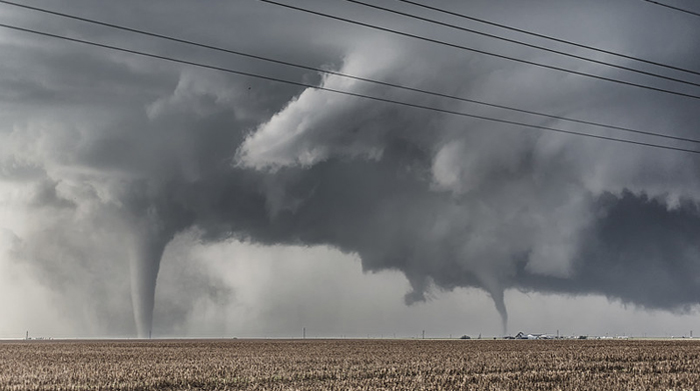3 Ways Utilities Can Prepare for Climate Extremes

Image courtesy of Niccolò Ubalducci under Attribution-NonCommercial-NoDerivs 2.0 Generic License, resized to 700 x 391 pixels.
It’s no secret that both the frequency and severity of climate extremes is on the rise. What’s less known is how utilities can prepare for a future that promises weather chaos not seen before.
For this reason, the ICF recently published a list of promising approaches that utilities as well as climate planners should consider in order to prepare for the expected increase in weather volatility and intensity over the next several decades.
Approaches to Prepare for Future Climate Extremes
Here are 3 approaches for preparing for a future likely to be filled with climate extremes:
- Identify populations and areas that are at greatest risk and prioritize them for mitigation efforts. Then develop a plan to address the most at-risk populations by working on ways to improve service reliability in these areas. For example, Southern California Edison has developed a community resilience metric, or CRM, to measure climate-induced power outages at the community level. The CRM score is used to prioritize hardening and upgrading strategies and tactics, starting with the most at-risk communities.
- Engage stakeholders – including other utilities, community leaders, government agents, large C&I customers, etc. Everyone must be on the same page during an emergency. Holding regular joint-planning sessions with all stakeholders goes a long way in this regard.
- Take advantage of funding sources, as there are multiple sources available for addressing climate extremes and risks. Examples of funding streams are FEMA’s Building Resilient Infrastructure and Communities program, and the Grid Resilience and Innovation Partnerships (GRIP) program. For example, the Southern Maryland Electric Cooperative was recently awarded about $33 million through the GRIP program to improve T&D and communications infrastructure.
There’s no doubt about it, as climate extremes continue to push the margins of what we can handle into the foreseeable future, utility emergency preparedness efforts must continue to become less utility-centric and more community- and industry-centric.



